Breitbart Business Digest: GDP Shows the Economy Was Stronger and Weaker Than We Thought
If someone were inventing a curse to fit our immediate economic era, they might put it this way: “May you live in an age of interesting revisions.”
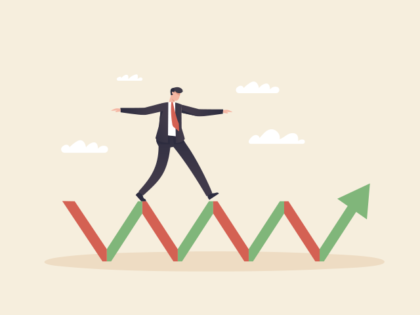
If someone were inventing a curse to fit our immediate economic era, they might put it this way: “May you live in an age of interesting revisions.”

Those looking at the Job Openings and Labor Turnover Survey (JOLT) and seeing it as a roadmap to a July rate cut have taken a wrong turn.

Inflation, high interest rates, and the exhaustion of excess household savings may finally be taking their toll on the economy. Consumer spending rose a modest 0.2 percent in April, the smallest increase in three months, data from the Department of

Between 2013 and 2023, Americans’ spending on home appliances jumped 53 percent. Adjusted for inflation, that’s an annual increase of $390 to $558. But the cost of appliances decreased by 12 percent during that same time.
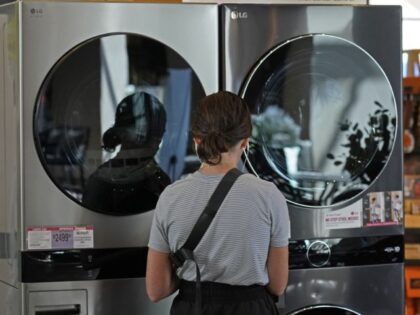
Digital marketplace platform PublicSquare (PublicSq) CEO Michael Seifert told Breitbart News editor-in-chief Alex Marlow that boycotting the woke “is important, but it’s incomplete” unless consumers “shift their spending somewhere else.”

The majority of U.S. adults are living paycheck to paycheck heading into this holiday season, a report shows.

Santa Claus is not going on strike this year, but he may have a bit of an easier job hauling his sack from house to house.
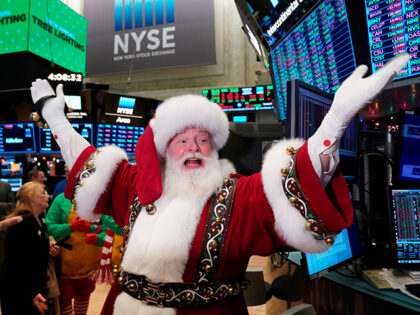
The economic tide keeps rising even though the Fed has declared it is time for an ebb

Jerome Powell has frequently said that the Federal Reserve sees the stance of monetary policy as “restrictive.” The American consumer, however, begs to disagree.

The data this week that has inspired such confidence that we are heading for a soft-landing should likely be interpreted as signaling that monetary policy is not yet restrictive enough.
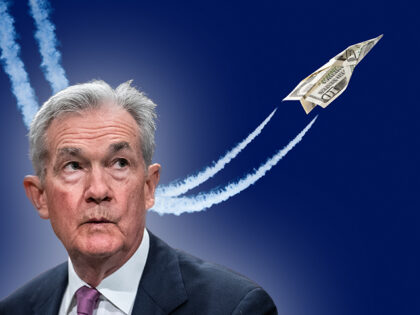
But inflation ran hotter.
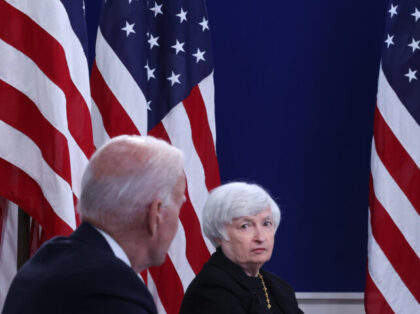
Holiday sales rose this year as American spending remained resilient during the critical shopping season despite surging prices on everything from food to rent, according to one measure.

Here we go again. The Commerce Department on Wednesday said that consumer spending grew by 1.3 percent compared with September, when spending was unchanged with the prior month. Compared with a year ago, retail sales were up 8.9 percent. Total

Spending and prices are rising faster than incomes.

Inflation-adjusted spending and income fell in May, raising concern that the post-pandemic economic recovery may have already run out of steam.

Sales were up but profits plunged and the company cut its guidance for the year as inflation and supply chain disruptions continue.
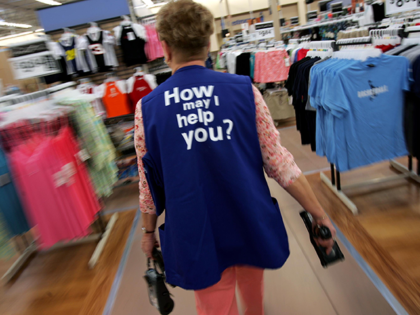
Prices are up but plans to spend on gifts actually declined slightly. That points to fewer gifts this year.
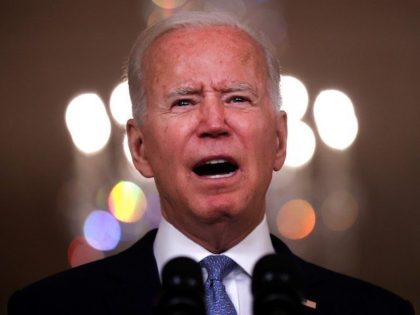
Consumer prices rose at their fastest annual pace since 1991.
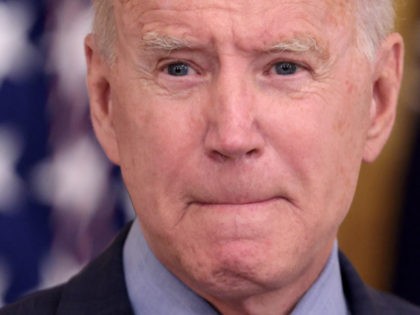
Retail and food services sales were unchanged from the prior month, falling short of the one percent expansion forecast by economists. \

Excess household saving now totals around $2.3 trillion, calling into doubt the need for more government spending to support the economy
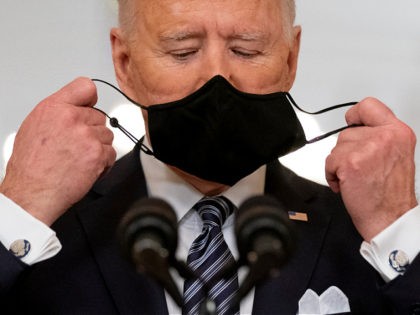
The U.S. economy boomed in the first three months of 2021, as states eased restrictions on businesses and vaccinations left consumers and businesses more confident.

Household spending and incomes were down by much more than expected in November, indicating a weakening economy.

Black Friday appears to be calm but not catastrophically slow across much of the United States.

Consumer spending and private sector wages rose even as income declined as government support ran dry.

The first week of October is referred to as the “Golden Week” in China, a week-long national holiday to commemorate the founding of the Communist government that normally produces a huge surge in tourist activity.

The unusual combination of falling consumer debt use and rising spending is likely a reflection of Trump administration coronavirus relief programs.

Household spending jumped as the U.S. economy reopened in May.

Government payments boosted income in April but Americans shut in their homes spent nearly $2 trillion less than they had a month earlier.

The jump in incomes and consumer spending undermines the narrative of an ailing economy that Democrat presidential hopefuls are pushing.

Despite dipping again in November, confidence levels remain high and should support solid spending during this holiday season.

Consumer sentiment is up for the third consecutive month.

October’s survey shows healthy level of confidence and should stave off fears that a recession could occur in the near future.

An unexpected decline in sales in September is a warning signal about the strength of the U.S. consumer.

The sharp rise in July borrowing can be chalked up to Americans’ very high consumer confidence.
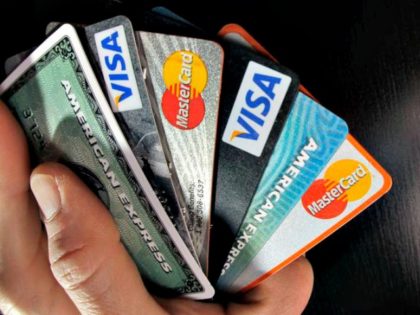
Elaine Parker of Job Creators Network writes in the Washington Times that the broad scope of economic indicators offset the concern that the inverted yield curve suggests a recession is imminent.

Bibles are exempt from President Trump’s upcoming tariff increases on Chinese goods following book publishers’ warnings of a “Bible tax.”

A huge batch of economic data sent economists scrambling to raise their forecasts for U.S. growth.

Walmart earnings and forecast indicate the U.S. consumer is going strong, allaying fears of a broad economic slowdown.
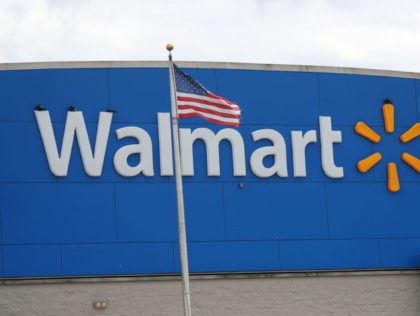
Retail sales were stronger than initially reported in April and strong again in May, indicating better economic growth.

Taking mom out to eat on Mother’s Day is a well-established tradition in the United States. Now an analysis of Bank of America data about debit card users shows that Generation X will be spending the most taking her out for a meal next weekend.
